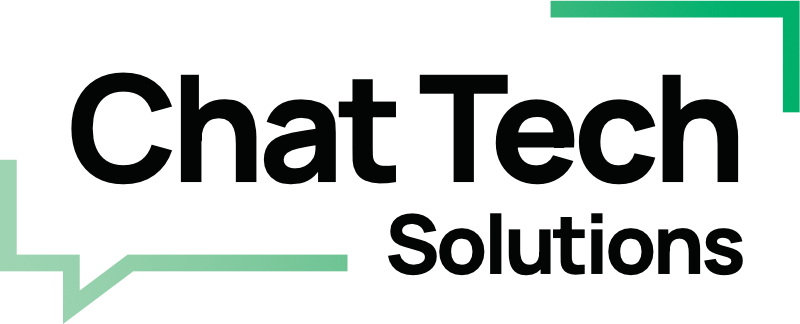
Why “just getting things done” is destroying the need for purpose of your team
Back in 2010, I was excited to have Donald on our team.
He was sharp—technically skilled, empathetic with our customers, and quietly reliable. I paid him well, flew him overseas for conferences, and made sure he felt appreciated. We even grabbed lunch regularly.
But after two years, Donald resigned.
I was surprised—and honestly, a bit heartbroken.
His reasons seemed valid on the surface, but the truth is, it felt like a blow. I thought things were going great. I nodded, wished him well, and moved on—but it stayed with me.
It wasn’t until two years later—while talking with a fellow business owner—that something clicked.
💡 Donald didn’t leave because of the job. He left because of the disconnect.
The “Yes Man” Trap
Here’s what I realized:
Donald was what many leaders would call a “dream hire.” He never pushed back, never asked questions—he just got things done.
But that was the problem.
I never stopped to share the deeper why behind our work. I never invited him into the mission or gave him space to share his perspective. I assumed that if he wasn’t asking, everything must be fine.
The truth?
To Donald, I was just a boss.
To me, he was just handling tasks.
I missed all the little moments he tried to make himself visible.
And he missed all the moments I got excited about something but didn’t explain it—because I was always in a hurry.
The Hidden Cost of Skipping the Why
When I started reflecting on this more deeply, I looked up some research.
Turns out, the numbers backed up everything I had been feeling.
I’ll keep it in plain English—but the data showed that clarity, purpose, and involvement aren’t just “nice to haves.” They’re what make teams thrive.
And that got me thinking.
I’ve always led with curiosity. I’ve questioned everything since day one.
So why did I assume my team didn’t need the same clarity?
The moment I stopped expecting people to “just get it” was the moment I started leading differently.
✅ If the vision isn’t shared, alignment is impossible.
✅ If people don’t know what they’re building toward, it’s just work.
4 Common Gaps That Break Creative Teams
Here’s what I’ve seen over and over again—both in my own experience and in the agencies we support:
1) The Foundation Gap
Teams with clear communication are 2.7x more effective.
But most leaders only share tasks, not context.
📌 If people don’t understand the “why,” they can’t make good decisions on their own. They wait. They guess. Or they disconnect.
2) The Involvement Paradox
Engaged teams solve problems 3x faster.
Yet 70% of meetings lack real participation.
🚫 Just because someone’s in the Zoom doesn’t mean they’re in the work.
Silence is rarely a sign of alignment—it’s often a sign of disconnection.
3) The Interest Equation
Purpose-driven teams see 64% less turnover.
And small wins fuel long-term momentum.
✅ Passion isn’t just a personality trait—it’s a culture feature.
But it fades fast without connection to meaning.
4) The Inspiration Multiplier
Inspired teams innovate 3.4x more.
But you can’t inspire someone who doesn’t care.
🎯 Inspiration isn’t a top-down speech. It starts with involvement, builds through interest, and explodes when people feel ownership.
The Hard Truth Most Leaders Avoid
If you’ve decided someone on your team “just doesn’t get it,” and you stop explaining… you’ve made a choice:
👉 You either haven’t given them a chance
👉 Or you’re just not a good match
Either way, that disconnect is on you.
Leadership isn’t about doling out tasks—it’s about helping people see what you see.
Your Why Matters. So Does Theirs.
That’s why one of our core practices at Chat Tech is setting up recurring 30-minute check-ins with our clients—not just to “report back,” but to reconnect, discover, and explore what’s changing on both sides.
Because your why and our why have to align if we’re going to do meaningful work together.
When we stop engaging, we lose the chance to do that.
When we stay curious, we stay in sync.
Let’s Bring It Back to You
🎯 What’s your why?
And how are you helping your team, your clients, and your partners stay aligned with it?




